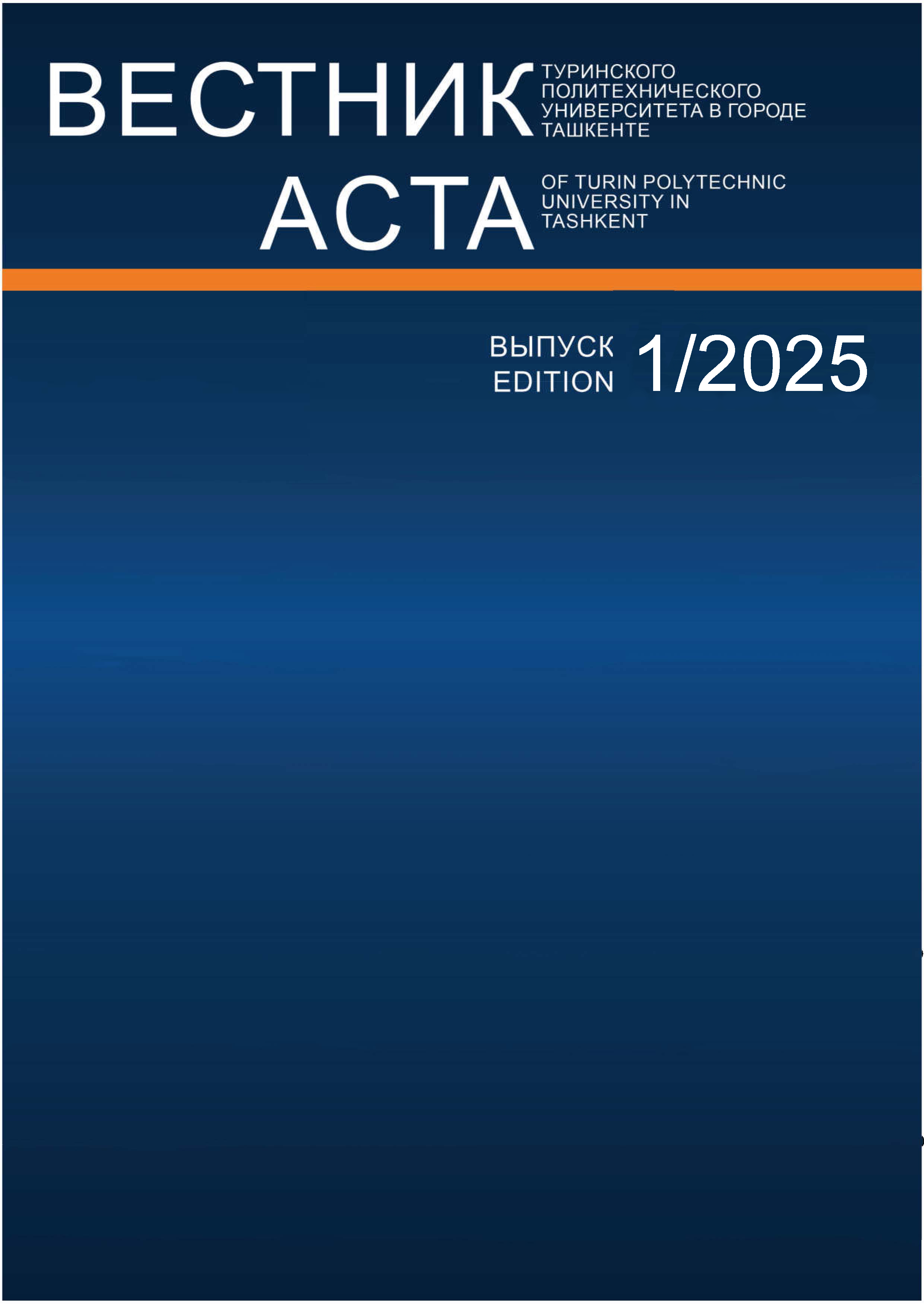MODELING THE EFFECT OF A HYDROSTATIC REGENERATIVE BRAKING SYSTEM ON VEHICLE MOTION AND BRAKING
Keywords:
Hydrostatic braking system, regeneration, MATLAB-Simulink, vehicle, modeling, resistance forces, energy efficiencyAbstract
This paper presents the results of a mathematical modeling study on the influence of a hydrostatic regenerative braking system on vehicle motion and braking performance. The model accounts for resistance forces acting during vehicle movement, including wheel rotational resistance, aerodynamic drag, gravitational components, and forces generated by the hydraulic system. Using models developed in the MATLAB-Simulink environment, the vehicle’s acceleration, velocity, position, and pressure variations within the hydraulic system, as well as their time dependencies, were analyzed graphically. Additionally, the movement, torque, and flow of the hydraulic pump/motor components were evaluated to assess overall system efficiency. The study demonstrates that a hydrostatic braking system enables balanced control of vehicle motion, effective energy recovery, and reduction of operational costs. This approach is significant from the perspectives of environmental sustainability and fuel consumption reduction.
References
Bobrov, V.V., Hydraulic Systems in Automobiles, Moscow: Mashinostroenie, 2019.
Savelyev, V.A., Fundamentals of Vehicle Dynamics, Moscow: Transport, 2018.
ISO 16500, Road Vehicles — Hydraulic Brake Systems — General Specifications.
Norton, R.L., Design of Machinery, New York: McGraw-Hill, 2020.
MathWorks Inc., Simulink Documentation, www.mathworks.com.
Xu, L., Wang, Q., & Li, Y., “Simulation of Hydraulic Energy Recovery System for Heavy Trucks,” Energy Procedia, Elsevier, 2021.
Chen, D., et al., “Optimization of Regenerative Braking for Energy Efficiency in Vehicles,” Journal of Advanced Transportation, 2020.
Hasanov, A.A., Vehicle Brake Systems, Tashkent: Uzbekistan Technical University, 2021.
Nasrullayev, B.N., Hydraulic Machines and Systems, Tashkent, 2022.
Turdiyev, X.T., Theory of Vehicle Motion, Samarkand, 2020.
Hamada, A.T. ve Orhan M.F., An Overview of Regenerative Braking Systems, Journal of Energy Storage, 2022, 1-33.
Ramakrishnan, R., Somashekhar, S. Hiremath, Singaperumal, M., Open Loop Dynamic Performance of Series Hydraulic Hybrid System with Hydrostatic Regenerative Braking, Proceedings of Joint Fluids Engineering Conference, Hamamatsu, Shizuoka, Japan, 2011.
Baseley, S., Ehret, C., Greif, E., Kliffken, M.G., Hydraulic Hybrid Systems for Commercial Vehicles, Proceedings of Commercial Vehicle Engineering Congress, Illinois, 2007.
Rydberg, K.E., Energy Efficient Hydraulic Hybrid Drives, Proceedings of Scandinavian International Conference on Fluid Power, 2009
Karaman, M., & Korucu, S. A. L. İ. H. (2023). Modeling the vehicle movement and braking effect of the hydrostatic regenerative braking system. Engineering Perspective, 3(2).
Mrdja, P., Miljic, N., Popovic, S. J., Kitanovic, M., & Petrovic, V. (2012). Assesment of Fuel Economy Improvement Potential for a Hydraulic Hybrid Transit Bus. In Proceedings Green Design Conference (pp. 129-134).
Khavdu, R. M. (2015). Regenerative Braking System is Emerging Technology to Recover Waste Energy. INTERNATIONAL JOURNAL OF ENGINEERING DEVELOPMENT AND RESEARCH, 3(4), 1024-1028.




